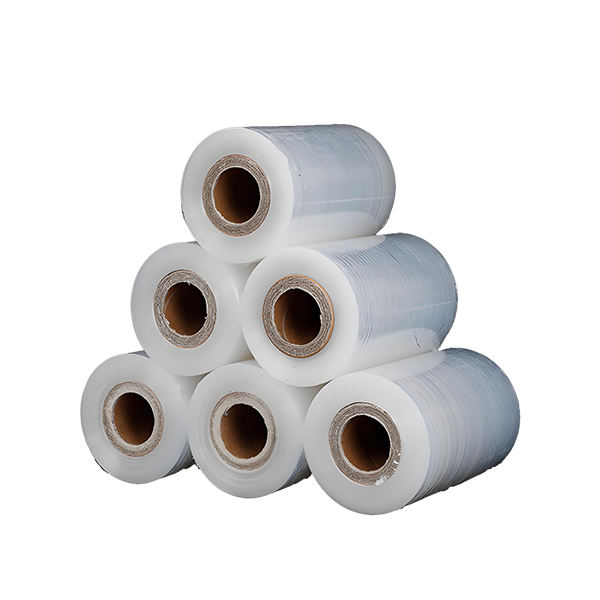Navigating the Print Jungle: A Comprehensive Guide to Choosing the Perfect Home Printer
In today's digital age, the need for a reliable home printer remains essential for many households. Whether you're a student printing assignments, a professional working from home, or a creative individual producing art, selecting the right printer can significantly impact your productivity and satisfaction. With a myriad of options available, how do you choose a home printer that meets your specific needs? This guide will walk you through the critical factors to consider, helping you make an informed decision.
- Understand Your Printing Needs
Before diving into the technical specifications, it's crucial to assess your printing requirements. Ask yourself the following questions:
- What will you primarily print? If you mostly print documents, a monochrome laser printer may suffice. For vibrant color prints, consider an inkjet printer.
- How often will you print? Frequent printing may warrant a printer with a high page yield, while occasional use might allow for a more budget-friendly option.
- Do you need additional features? Consider whether you require scanning, copying, or faxing capabilities. All-in-one printers can save space and money if you need these functionalities.
- Printer Types: Weighing the Options
Understanding the different types of printers available is crucial in narrowing down your choices:
- Inkjet Printers: Ideal for color printing and photos, inkjet printers use liquid ink and are typically more affordable upfront. However, ink costs can add up over time, especially for high-volume printing.
- Laser Printers: These printers use toner cartridges and are known for their speed and efficiency, particularly for text documents. They are generally more cost-effective for high-volume printing but may have a higher initial purchase price.
- All-in-One Printers: Combining printing, scanning, copying, and sometimes faxing, these versatile machines are perfect for home offices. They come in both inkjet and laser varieties, so choose based on your primary printing needs.
- Cost Considerations
When evaluating printers, consider both the initial purchase price and the long-term operating costs:
- Initial Cost: While some printers may be inexpensive, they might come with limited features or higher ink costs. Balance your budget with the features you need.
- Cost per Page: Research the cost of replacement cartridges and the estimated page yield. This will help you calculate the long-term cost of ownership and avoid surprises down the line.
- Energy Efficiency: Look for ENERGY STAR-rated printers, which can save you money on electricity bills and reduce your environmental footprint.
- Print Quality and Speed
Print quality is paramount, especially if you plan to print photos or professional documents. Check the printer's DPI (dots per inch) rating; higher DPI generally means better quality. Additionally, consider the printer's speed, measured in pages per minute (PPM). If you print large volumes regularly, a faster printer can save you valuable time.
- Connectivity Options
In our increasingly connected world, the ability to print wirelessly is a significant advantage. Look for printers that offer:
- Wi-Fi Connectivity: This allows you to print from multiple devices without needing a direct connection.
- Mobile Printing: Features like Apple AirPrint and Google Cloud Print enable you to print directly from your smartphone or tablet, adding convenience to your printing tasks.
- USB and Ethernet Ports: While wireless printing is convenient, having a USB or Ethernet option can be beneficial for stable connections, especially in a home office setting.
- Brand Reputation and Support
Researching printer brands can provide insights into reliability and customer service. Look for reviews and ratings from other users to gauge performance and support quality. Brands with a strong reputation often offer better warranty options and customer service, which can be invaluable if you encounter issues.
- Future-Proofing Your Purchase
Technology evolves rapidly, and investing in a printer that can adapt to future needs is wise. Consider features like:
- Compatibility with New Operating Systems: Ensure the printer has updated drivers for current and future operating systems.
- Expandable Features: Some printers allow for upgrades or additional features, such as extra paper trays or higher-capacity cartridges.
Conclusion
Choosing the right home printer involves a careful evaluation of your specific needs, budget, and preferences. By understanding the different types of printers, considering long-term costs, and evaluating features like connectivity and print quality, you can make a well-informed decision. Remember, the perfect printer for you is one that aligns with your lifestyle and printing habits, ensuring that you can print efficiently and effectively for years to come. Happy printing!



